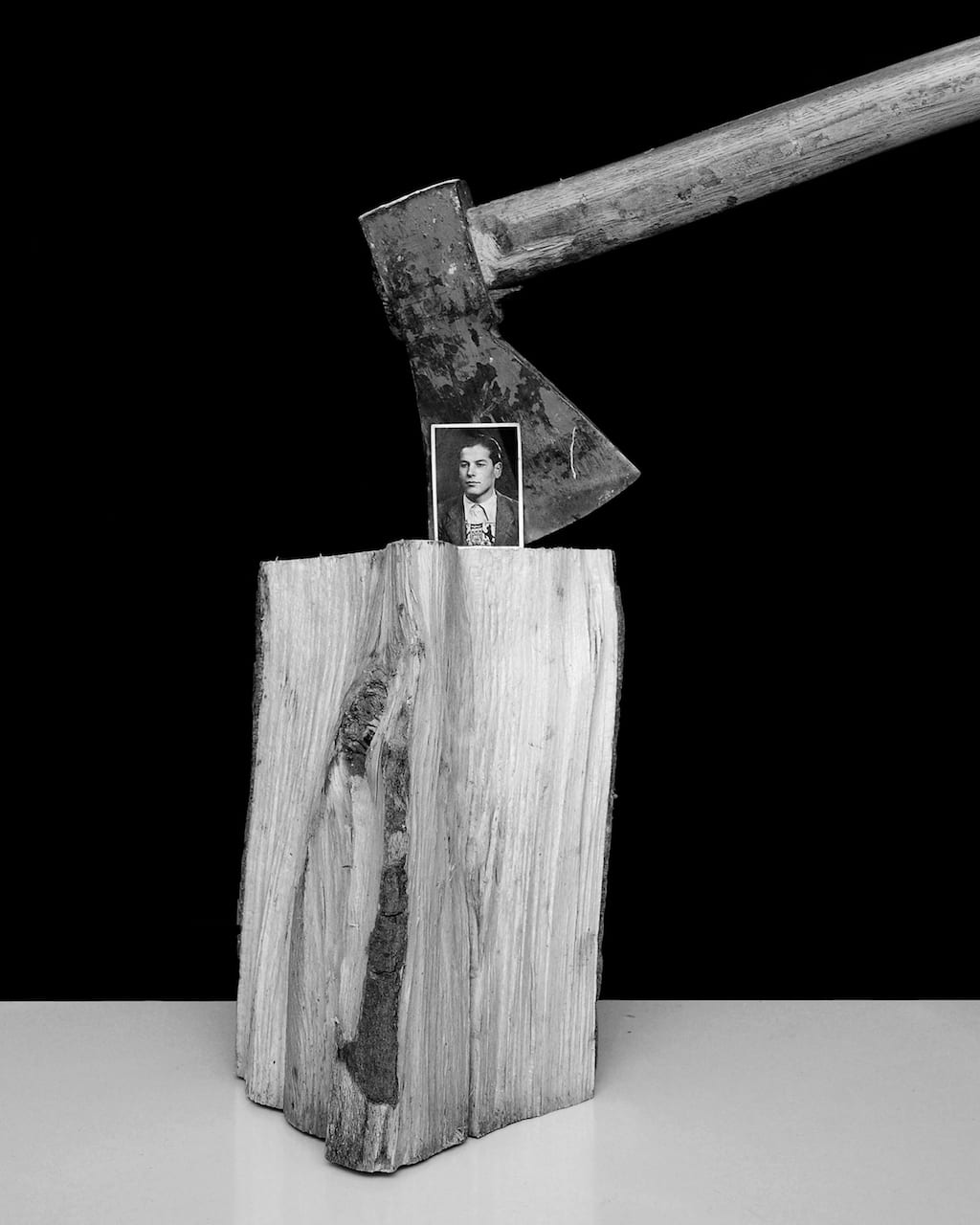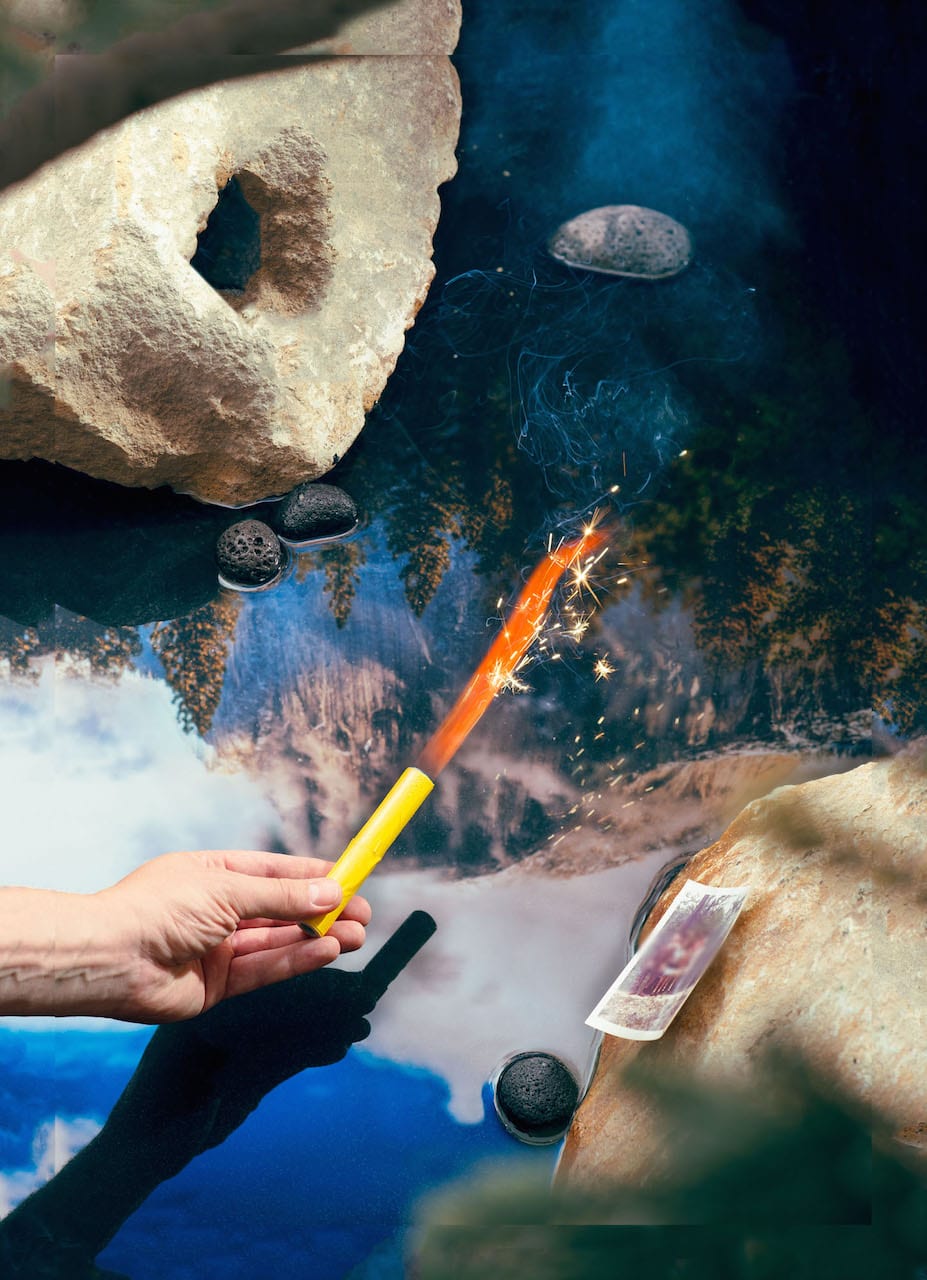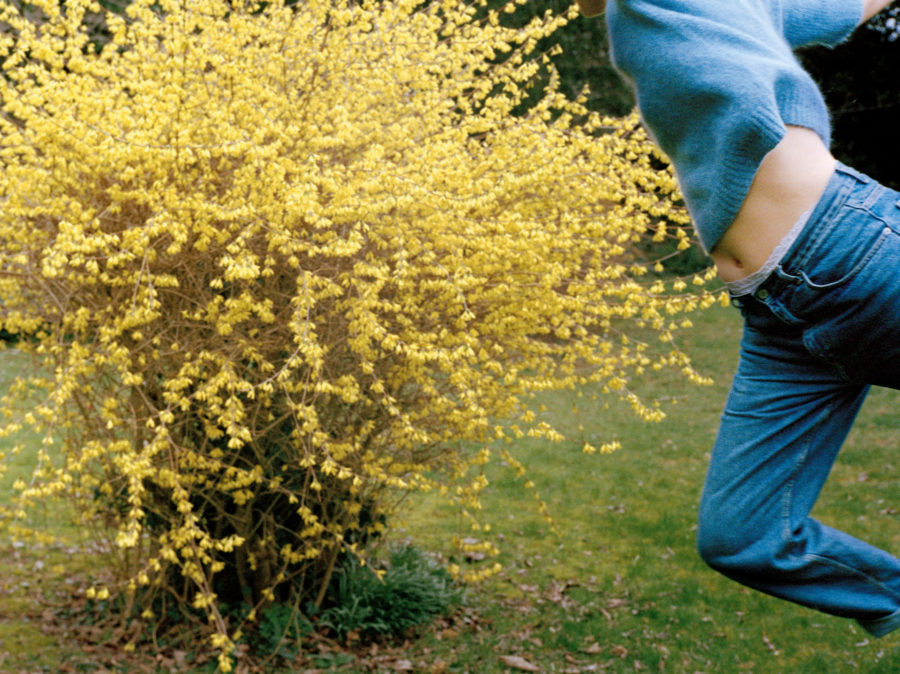
Tag: Webber Gallery

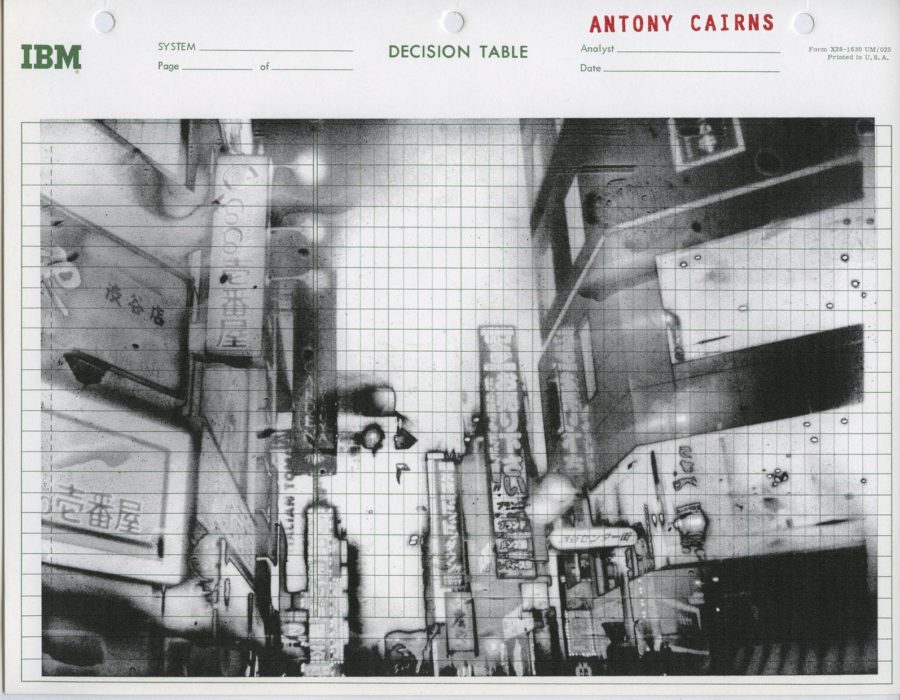
The artist’s interest in urbanisation and the photographic process runs through his first UK solo exhibition in over four years
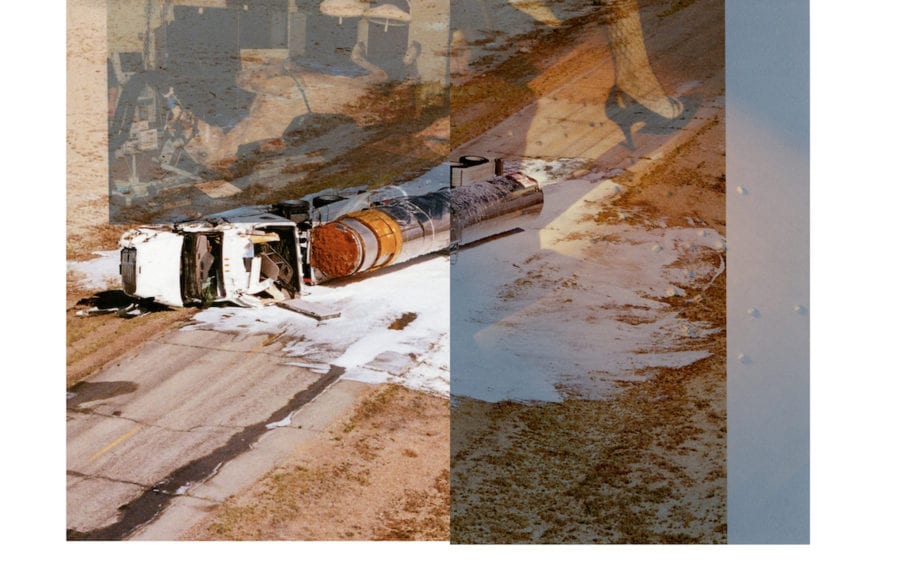
Ribbons of light sweep across a canvas; a pixelated pineapple floats down the Seine; images blend and fade in Everett’s The Warm Parts
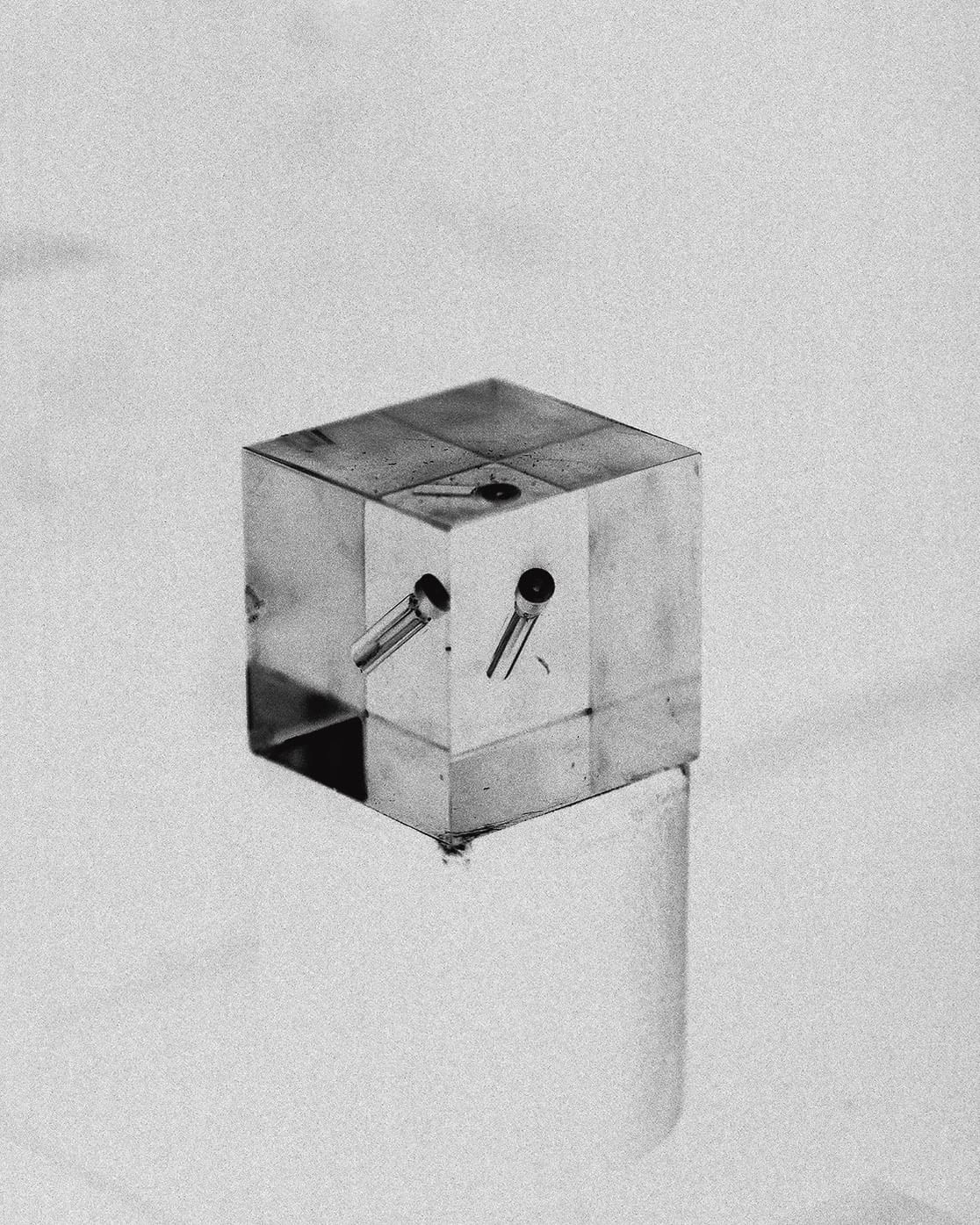
When Felicia Honkasalo’s grandfather passed away in 2009, he left behind boxes full of rocks and minerals, and stacks of notes, sketches, and fading photographs. “No one else in the family wanted them,” says Honkasalo, who never got the opportunity to meet her grandfather, “I was really intrigued by it all, but I didn’t really know what to do with it at first”.
Honkasalo’s debut book, Grey Cobalt, is an attempt to construct imagined memories of her grandfather, who was a metallurgist during the Cold War in Finland as well as an avid cosmologist. Published by Loose Joints, the book release accompanies an exhibition at the Webber Gallery in London, which will run till 15 February.
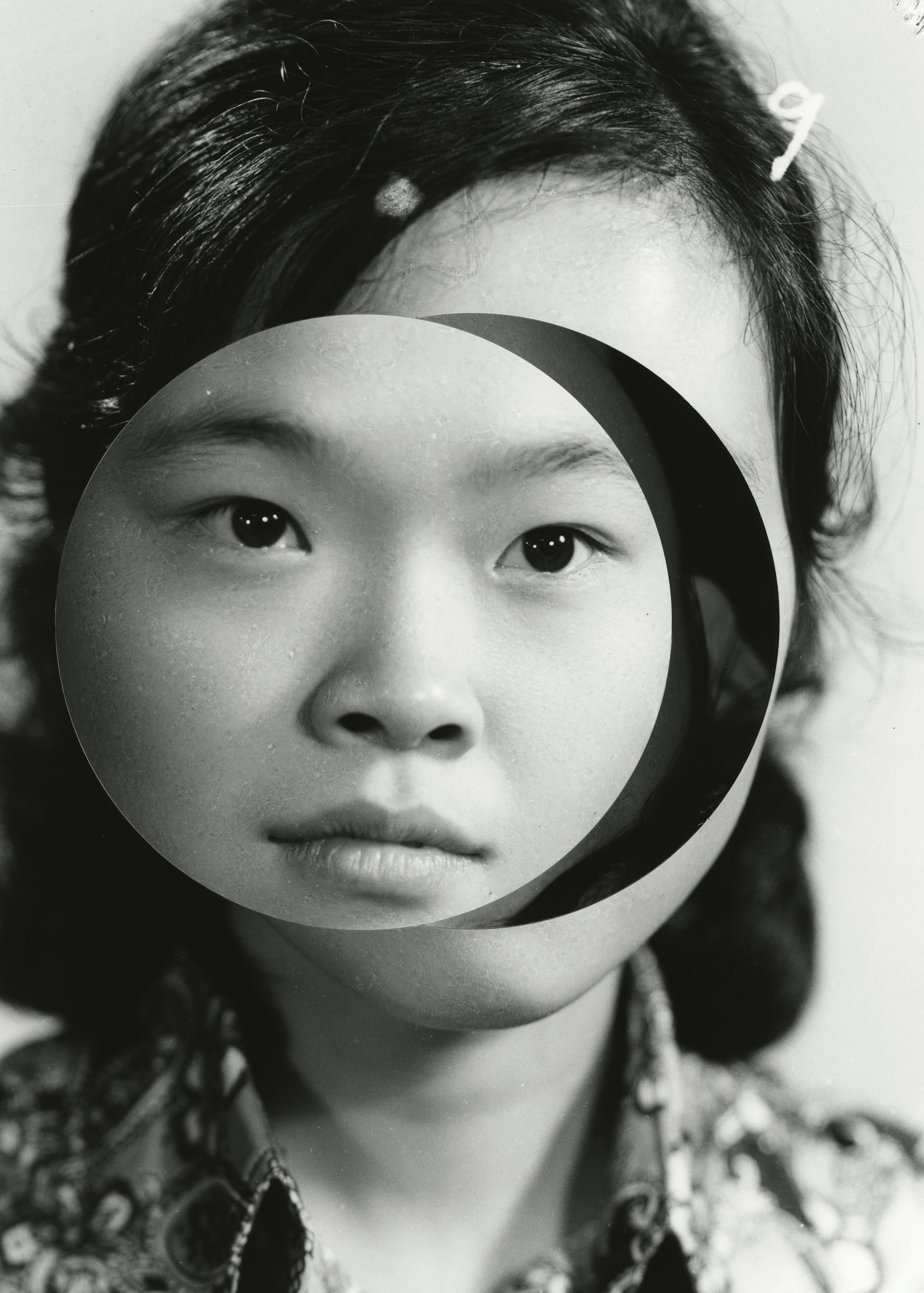
Paris Photo is the big one, but it isn’t the only photo fair in town next week. Held in a private mansion, a pp roc he makes a virtue out of its bijou size, hosting just 14 photographers in a private mansion in “a salon devoted to experimental photography practices”. Designed as an exhibition, this fair is accessible by reservation only, and includes celebrated photographers and galleries such as Ruth van Beek, brought by The Ravestijn Gallery; Daniel Shea, brought by Webber Gallery; and Maya Rochat, brought by Seen Fifteen. In addition, it includes “the a pp roc he sector”, a section showing two artists under the age of 40 not currently represented by a gallery (this section includes Thomas Sauvin & Kensuke Koike working together as a pair).
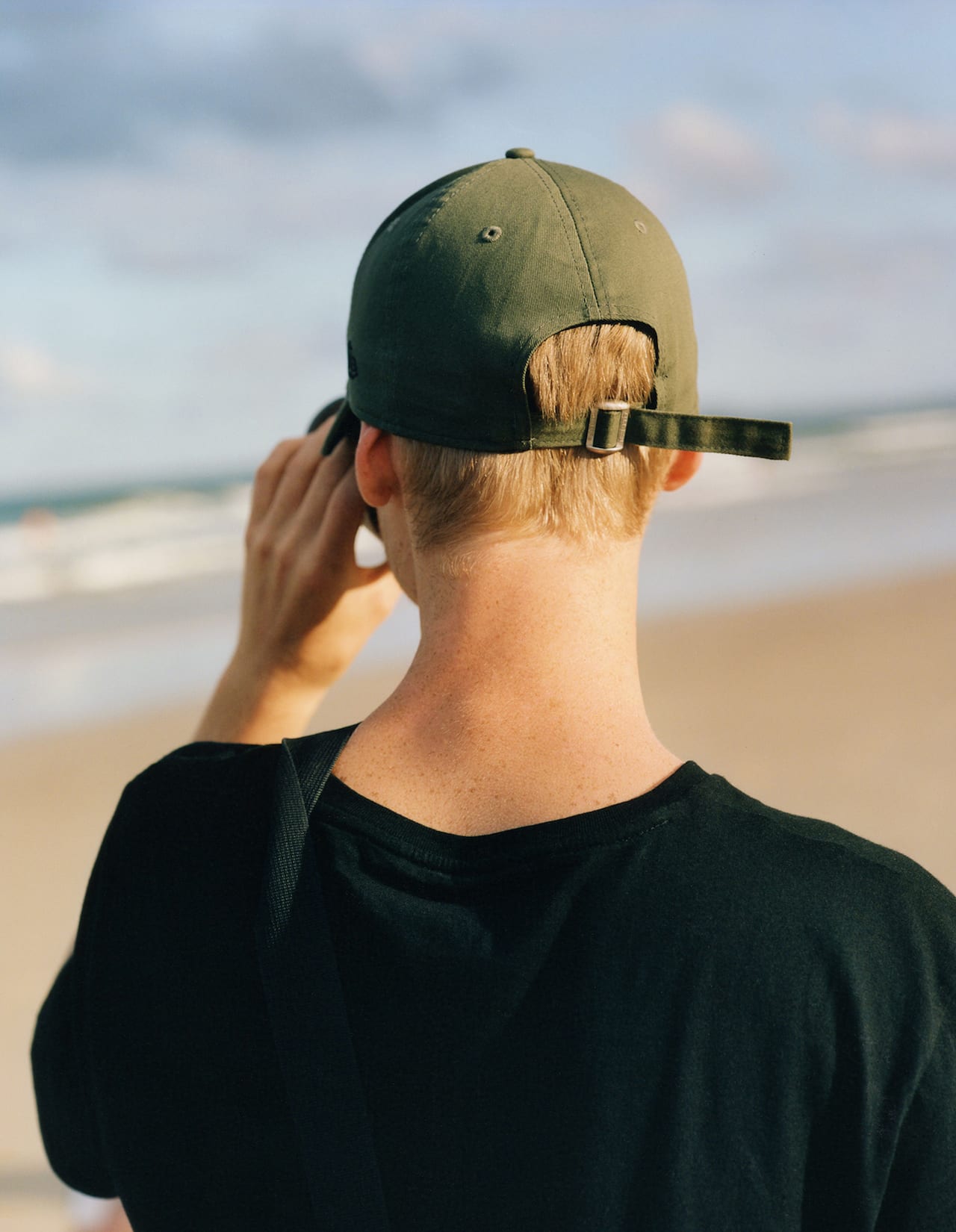
Trained in photography at Westminster University, Patricia Karallis set up Paper Journal in 2013 and swiftly gained a reputation for her discerning eye for images. For five years the magazine ran online only, racking up more than 500 interviews, features, photo book reviews, fashion features, and studio visits, and attracting well over 150,000 followers to its Instagram feed. It’s now gone into print for the first time, and the photographers featured in it reads like a who’s who of interesting contemporary image-makers, including Daniel Shea, Gregory Halpern, Matthew Connors, Senta Simond, Kristine Potter, and Stephanie Moshammer, as well as less familiar names such as Joseph Kadow, Nhu Xuan Hua, and Xiaopeng Yuan.
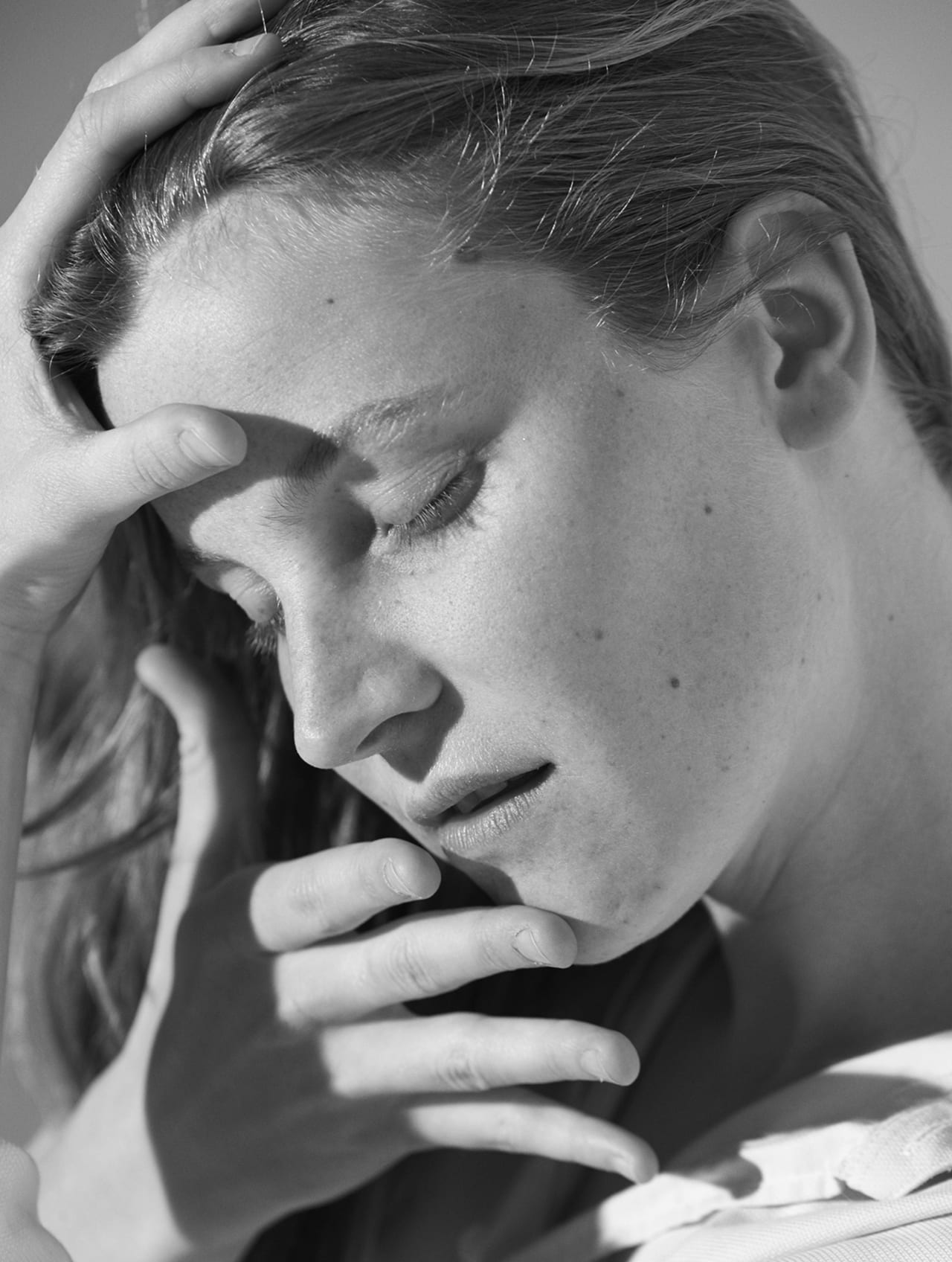
“Tu sais qu’est-ce que c’est le rayon vert?” Marie Rivière’s listless character Delphine asks, her legs swinging, in Éric Rohmer’s 1986 film Le Rayon Vert [The Green Ray]. The film – a portrait of its main character’s halting search for summer romance – was based on Jules Verne’s 1882 novel of the same name. While in theory its title refers to an optical phenomenon – in which the appearance of the sun as it rises or falls beyond the horizon creates a brief flash of green, and with it a supposed moment of mental clarity for all those who see it – in reality its subject matter is far more elusive. “I related the ‘rayon vert’ phenomenon to the process of photography – this special and quick moment that happens rarely,” Swiss photographer Senta Simond explains, referring to her project of the same name. Her series, which will be published by Kominek and shown at London’s Webber Gallery soon, adds a new, compelling layer to the meteorological event/Jules Verne/ Éric Rohmer mix of references. Indeed, Simond, a former student of ECAL, University of Art and Design Lausanne, from which she graduated last summer, first encountered the concept via the 1986 film.
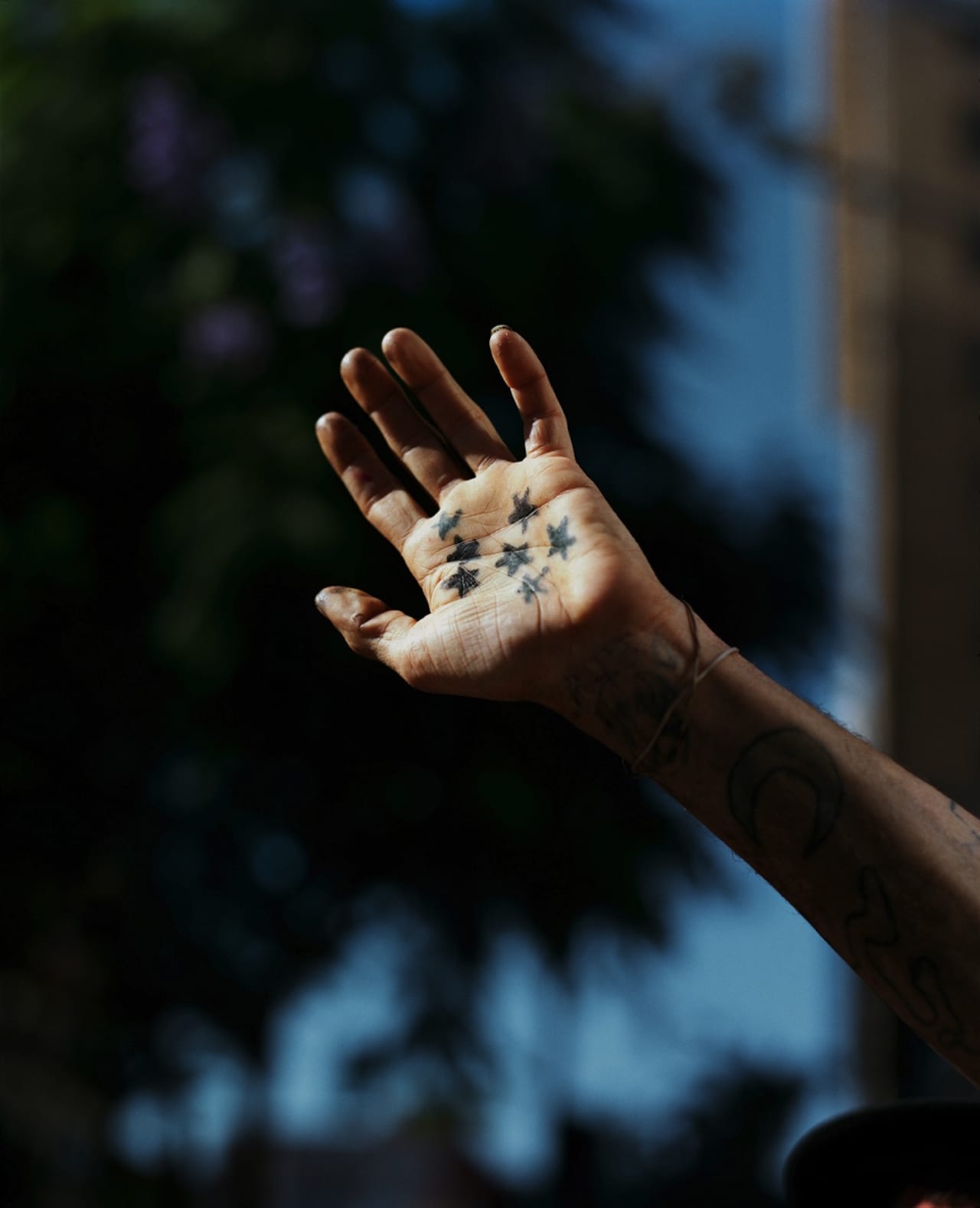
“It’s hard to know when to stop,” says Gregory Halpern. “I remember putting my camera away on a trip home and being relieved it was out of sight. I never feel that way, so that was clearly a sign. I haven’t kept track, but I shot maybe 700 to 1000 rolls of film.”
He’s talking about ZZYZX, which he’s worked on for five years, partly supported by a Guggenheim fellowship. Shot in Southern California, starting out on the eastern fringes of the state then moving slowly westwards towards Los Angeles and the Pacific, it’s named after an ‘unincorporated community’ in the Mojave desert, and has a similar sense of the outsider. The opening picture shows a gnarled hand, with a callus on the thumb and dirt in the fingernails, outstretched to show seven stars tattooed on the palm. The next shows stark black trees in the desert in the wake of a fire.

